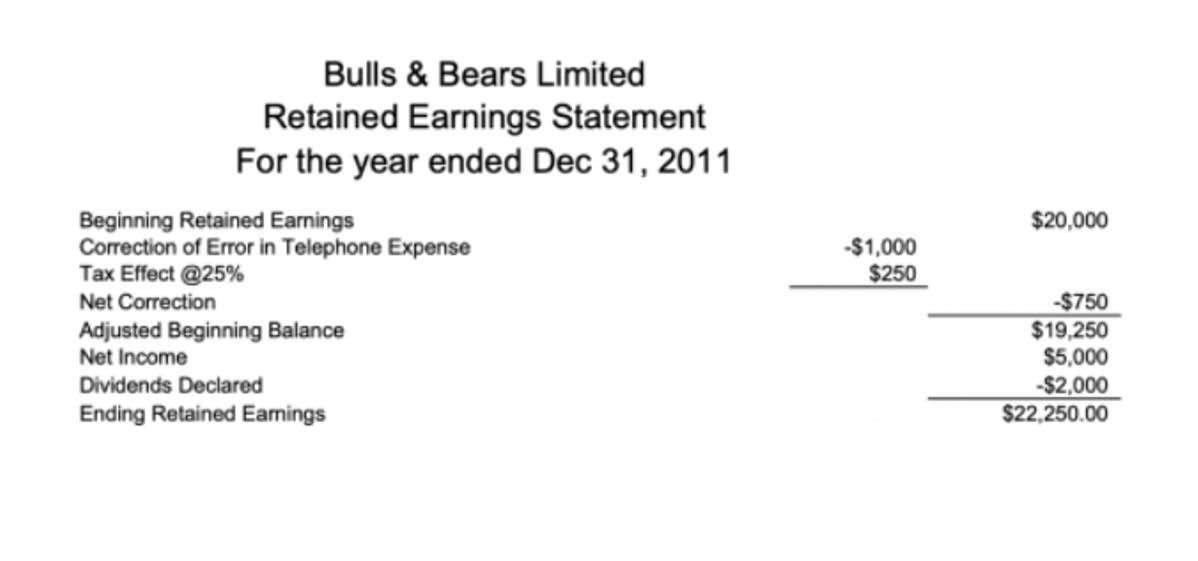Audit Cash Assertion Procedure

First of all, tracing starts from the source document up to the respective posting in the client’s accounting system. Vouching starts from the posting in the accounting system all the way back to the source document of the transaction. For tracing, auditors don’t consider the total value of a transaction or a line item on the financial statements. For vouching, however, auditors start from first considering the value of both the transaction and line item in the financial statements.
Selecting Items for Testing to Obtain Audit Evidence
Let us consider the situation of Techvilla, an imaginary city in Loolaland where Jasmin works as chief financial officer at Innovabest Solutions Ltd. After some time, an audit of the financial statements of Techville takes place under the able auditor Jackyn. Transaction level assertions are made in relation to classes of transactions, such as revenues, expenses, dividend payments, etc.
Request A Free Review

There, it relates to whether companies have classified and presented transactions fairly. This issue has existed previously and has created problems for users of the financial statements. However, external audits have fixed most of the limitations of the financial statements.
Risk Governance – What Is It & Where Do I Start?
- This assertion is very closely related to the occurrence assertion for transactions.
- Tracing also plays a key role in evaluating the completeness of accounting records.
- While assertions are made in all aspects of life, in an accounting or business setting, most people think of a company’s financial statements, or the audit of the financial statements, when they think of assertions.
- All those procedures are in response to the assertions as mentioned in the above section.
Auditors have the responsibility to obtain sufficient appropriate audit evidence before they can give an opinion in the audit report. And in order to obtain sufficient appropriate evidence, auditors need to design suitable audit procedures. If the auditor is unable to obtain a letter containing management assertions from the senior management of a client, QuickBooks Accountant the auditor is unlikely to proceed with audit activities.

When a company does not report all its liabilities, it sounds good news on a stronger financial position than it is; hence, it misleads investors and other stakeholders. The complete audit of financial statements makes the financial statements an accurate statement of the affairs of a company. This is so that we can design appropriate audit procedures to respond to the risk that we have identified and assessed.

Relevant Assertions in Financial Statement Audits

The Financial Accounting Standards Board (FASB) establishes accounting standards in the United States. These are regulations that companies must follow when preparing their financial statements. The FASB requires publicly traded companies to prepare financial statements following the Generally Accepted Accounting Principles (GAAP). Describe substantive procedures the auditor should what are retained earnings perform to obtain sufficient and appropriate audit evidence in relation to the VALUATION of X Co’s inventory.
Consequently, auditors design suitable testing procedures for confirming these assertions through financial statement assertions audit. They may use the procedures, namely risk assessment and further audit procedures containing control tests and substantive procedures for authenticating the assertions. Usually, after we assess the inherent and fraud risks of cash that could lead to misstatements in financial statements, we will obtain an understanding of the control system that the client has in place.
- Procurement procedures of fixed assets are the process of purchasing which usually starts from requesting in purchase to finding quotes and then to the approval the purchase and payment.
- First, they have to reconcile the beginning balance and compare it with last year’s report.
- In the audit of inventory, we want reasonable assurance that the inventory actually exists and is really owned by the client.
- Under this assertion, the auditor performs the audit procedures to ensure and confirm occurrence of revenue.
- Accuracy & Valuation Assertion – Transactions, events, balances, and other financial matters have been disclosed accurately at their appropriate amounts.
- Furthermore, it includes any related disclosures and their measurement and descriptions.
What are internal controls on financial reporting?
In the below section set out the key detail practical audit procedures for accounts receivable. All those procedures are in response to the assertions as mentioned in the above section. In addition to the risk on the accounts receivable, the auditor wants also to test if there are any control deficiencies.
Vouching Vs. Tracing in Auditing – Key Differences and Similarities
- More attention is required on revenue audit because the material misstatement can easily occur due to fraud or error.
- For example, as far as payroll is concerned, it should be made sure that salaries and wages expense has been calculated properly.
- We perform the analysis by comparing the ration in the current year to the prior year.
- These three categories of assertions work together to provide a detailed framework to review financial statement reliability.
- Apart from completeness, auditors can also validate the accuracy, valuation, allocation, and disclosure assertions of the transactions.
- In the audit of expenses, the internal control procedures that we usually concern about are those that can reduce the risk of material misstatement for expenses.
This assertion usually applies to any transactions and events that occur close to the year-end. Audit assertions are claims made by management when preparing financial statements. Auditors must ensure those accounts have received proper valuations from the management. Therefore, it can result in inaccurate figures in the financial statements. Therefore, other names may include management or financial statement assertions. By relying on assertions, auditors can provide assurance that the financial statements are reliable, increasing stakeholders’ confidence in the reported information.
Accounting Standards
It has a crucial role in determining the correctness or fairness of auditing financial records. Moreover, an audit attests to five major financial statement assertions in a company’s statements. The company’s management makes these assertions to vouch for the authenticity of management assertions the data presented in their cash flow statements, balance sheets, and income statements. The assertions may be implicit or explicit, including claims on authenticity about valuations, completeness, accuracy, obligations and rights, disclosure, and presentations. If the audit process reveals that any of the five assertions are incorrect, then they may conduct extra audit procedures, or their opinion may not be a clear audit opinion. Additionally, if all the assertions of the five preceding assertions are declared false, then it means the management is committing fraud in the financial statement.
